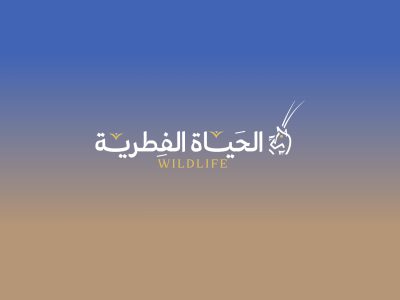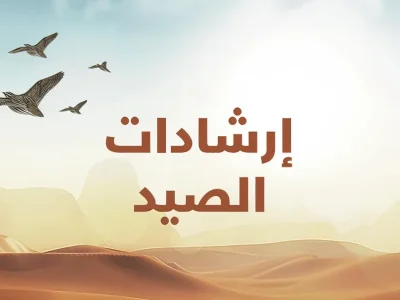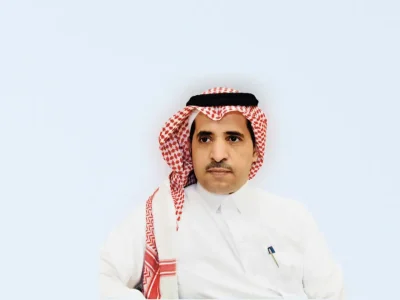By Ahmad Al-Boug
Editor-in-Chief
After almost 900 days of perseverance, a Saudi team embarked on a long and challenging journey through the vast, arid deserts of the Empty Quarter. On 20 September 2023, the mission was completed with the reintroduction of 930 species, marking a significant moment in Saudi Arabia’s environmental history.
This achievement earned Uruq Bani Ma’arid Protected Area its place on the UNESCO World Heritage List, recognizing Saudi Arabia’s conservation efforts and commitment to environmental protection.
Uruq Bani Ma’arid has been protected for nearly 30 years. However, it wasn’t until 2021 that the National Center for Wildlife (NCW) set the goal of turning it into a global conservation model. This vision was realized through an extensive plan to meet international standards and achieve UNESCO recognition.
To protect the ecosystem, a range of sustainable initiatives were undertaken. Water was recycled at ranger stations, solar power was utilized, drones were deployed to minimize emissions during surveys, and hidden cameras monitored the area’s biodiversity. The project was a
collaboration between NCW, academic researchers, local and international experts, and the Ministry of Culture.
Although Uruq Bani Ma’arid covers only 2% of the 600,000 square kilometers of the Empty Quarter, it is vast—spanning 12,765 square kilometers and housing diverse ecosystems. Its varied landscapes include sand dunes and mountains, and it is home to 121 plant species out of the 930 species found in the region. The Arabian oryx, which was reintroduced in 1995, is the most notable species. Thanks to the area’s rich biodiversity, the Arabian oryx has thrived, reducing its endangered status.
The successful reintroduction of the Arabian oryx, mountain gazelle, and Arabian sand gazelle showcases the effectiveness of the conservation work. These
species now symbolize Saudi Arabia’s dedication to environmental preservation, thanks to the tireless efforts of NCW and its partners.
As this journey continues, the protected area, nestled at the western edge of the Empty Quarter near the Tuwaiq Mountains, offers unique ecosystems that support rare species native to the Arabian Peninsula.
The UNESCO recognition affirms that NCW’s conservation practices align with global standards. This acknowledgment boosts Uruq Bani Ma’arid’s profile as a premier destination for eco-tourism, showcasing Saudi Arabia’s commitment to protecting and promoting its natural heritage on the world stage.




